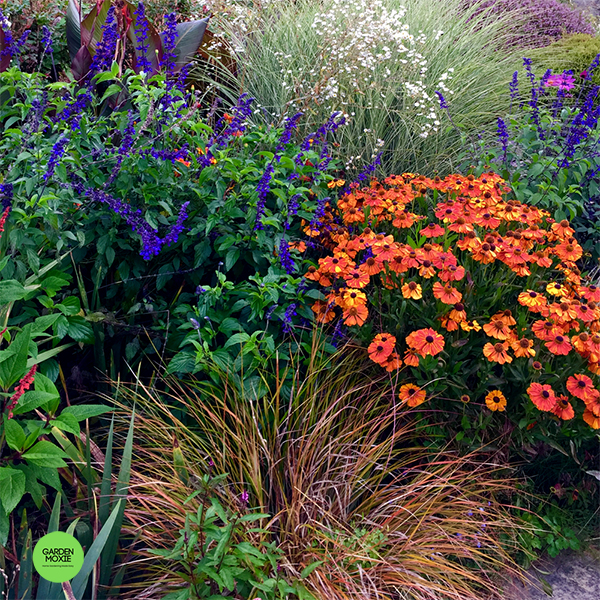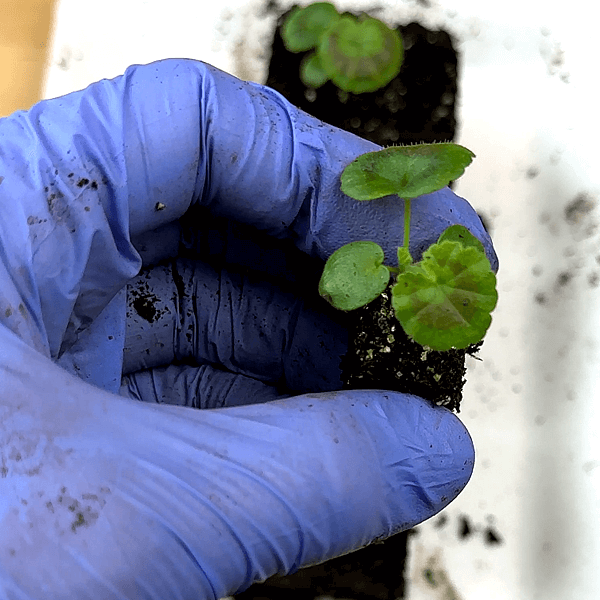5 Common Seed Starting Mistakes and How To Avoid Them
Seed starting indoors can be an exciting endeavor for any gardener, whether you’re a seasoned green thumb or just beginning to cultivate your gardening skills.
However, the journey from seed to seedling is fraught with potential pitfalls that can hinder your plants’ growth and productivity. Recognizing and avoiding these common mistakes can significantly improve your success rate.
This post will cover the top five seed starting errors, including improper watering, inadequate lighting, neglecting the power of observation, starting seeds too early, and failing to pot up seedlings.
With my tips and strategies, you’ll be well on your way to a flourishing garden.
1. Improper Watering: Finding the Balance for Seed Starting
Mistake: One of the most common missteps in seed starting is improper watering—either too much or too little. Over watering can lead to fungal diseases and root rot, while under watering can cause your seeds to dry out and fail to germinate.
Solution: To avoid this, ensure your seed starting mix is moist but not waterlogged. Use a spray bottle to gently water the surface, or water from below by placing your containers in a tray of water and allowing the moisture to wick up. This method encourages deep root growth and prevents the soil from becoming too soggy.
2. Inadequate Lighting: The Key to Strong Seedlings
Mistake: Another critical factor in seedling development is lighting. Seedlings need plenty of light to grow strong and healthy; without it, they become leggy and weak.
Solution: Place your seedlings near a sunny window or, better yet, invest in grow lights. Ensure the lights are close enough to the seedlings—about 2-3 inches above the plants—and keep them on for 14-16 hours a day to mimic natural sunlight.
Pro Tip: Use Lighting Apps like Photone to measure your setup to confirm your lights are good. I created a YouTube video showing you how to use this App.
3. Ignoring the Power of Observation: Your Best Tool
Mistake: Often, gardeners overlook the importance of regularly checking their seedlings. This neglect can lead to missed signs of distress, such as discoloration, stunted growth, or pest infestation.
Solution: Make it a habit to observe your seedlings daily. Look out for signs of over or under-watering, insufficient light, or disease. Early detection means you can address issues promptly, saving your plants and ensuring their healthy development.
4. Starting Seeds Too Early: Timing Is Everything
Mistake: Starting seeds too early in the season can lead to overcrowded and leggy seedlings before it’s warm enough to transplant them outside.
Solution: Familiarize yourself with the last frost date in your area and the preferred growing conditions of the plants you’re seeding. Most seed packets will provide recommended sowing times based on these factors. Patience in waiting for the right sowing time is crucial for seedling success.
5. Not Potting Up: Give Them Room to Grow
Mistake: Failing to pot up, or transplant seedlings to a larger container, can restrict root growth and nutrient absorption, stunting the plants’ development.
Solution: Once your seedlings have developed their second set of true leaves, it’s time to pot them up. Gently transplant them into a larger container with fresh potting mix to encourage continued growth and root development.
The process of potting up should be done with care to avoid damaging the tender roots. Using a spoon or a small trowel can help in gently lifting the seedlings from their initial containers, ensuring a smooth transition to their new homes.
Conclusion
Starting seeds is a rewarding process that, with the right knowledge and attention, can lead to a thriving garden. By avoiding these common mistakes and employing the suggested solutions, you’ll improve your chances of cultivating healthy, robust plants ready for the outdoors.
Remember, gardening is a learning experience, so take these tips as stepping stones towards becoming a more successful gardener.
Incorporate these strategies into your gardening routine and watch as your seed starting efforts flourish into a bountiful harvest. Happy gardening!







